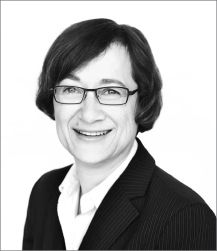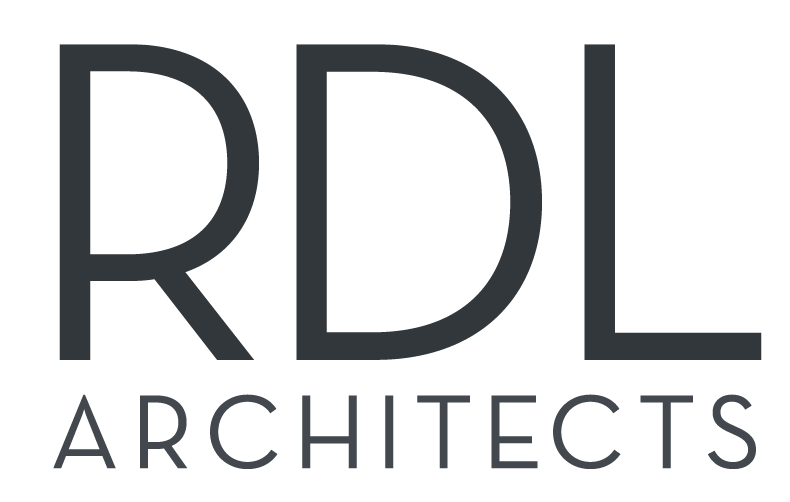Senior Living Repositioning Q&A with Eileen Nacht
Eileen Nacht, our Senior Living Director, recently spent time with Environments for Aging to discuss crafting meaningful environments for older adults and the importance of repositioning senior living communities. Read the full article below.
What are the operational challenges driving these moves?
Existing floor plan arrangements can be a challenge, sometimes requiring doubling up on staffing. And right now there’s a shortage of staff both from a new hiring and retention perspective.
In reaction to staffing challenges, organizations have been taxed with thinking outside the box when it comes to meeting resident needs, and that’s where technology comes in, with things like advanced food service equipment, including robotics, etc. Reaching and maintaining communication with residents is imperative, which can be done with CATIE/iPad devices to share community information or allow residents to alert staff when they need something.
Staffing amenities and incentive plans are important, as well. This is a tough environment to work in, so attracting talent with competitive wages, nice amenities (e.g., break room), creative incentives, and more is necessary.
Then there’s the focus on safety and health and new strategies for infection control. Post-Covid, many communities are maintaining 6-foot separation in seating arrangements, dining venues, etc. They are providing residents with more private rooms for intimate events and gatherings, as well as breakout spaces for resident programmed activities.
They’re also programming more flexible spaces for programs and activities. Considerations include adjacencies to kitchen, technology infrastructure, and acoustics to maximize usage.

Many senior living communities seem to be repositioning themselves right now. What’s driving that?
Communities recovering from the impact of Covid are facing several challenges. On the marketing side, there are lower occupancies; aging infrastructure (from both a functional and aesthetic perspective); and a lack of amenity spaces. They need well-programmed and adaptable public spaces to attract prospective residents and retain current residents, as well as a variety of dining venues (casual and formal) to give residents a sense of autonomy through choice/option.
Adding or upgrading spaces and programs to encourage resident wellness is a strong initiative. Older adults are increasingly conscious of how exercise, socializing and connections to the outdoors can improve their health. Providing larger and more varied fitness spaces, changes to bring in more natural daylight, increasing opportunities to connect with paved outdoor walking paths and gardens, pickle ball courts and other features promote wellness through exercise and connection to nature.
What are some of the key goals of these repositioning projects?
In response to market research and understanding profitability of the different levels of care, we have seen a reduction in skilled nursing beds and the addition of more memory care units/households. Many communities are “right-sizing” the healthcare census and changing to more short-term rehab beds and upgrading physical therapy spaces. Other goals include:
- Updating nursing homes, with a push toward private rooms within the household model.
- Adding independent living (IL) cottages and more affordable “middle market” IL apartments.
- Wellness-focused amenities and food options that don’t tax current staffing.
- Addressing quality of life challenges faced during pandemic: social isolation, communication, and programming.

Tell us about a couple of recent RDL design projects that successfully address such goals.
United Zion in Lititz, PA is an existing community, that like many older communities, has an imbalance in the ratio between skilled and personal care beds and independent living units. We worked with them to develop a master plan to examine the existing 11-acre campus and adjacent contiguous parcels, including a mobile home park. The goal is to position UZ as the “go to” independent middle-market provider in the area.
Laurel Lake in Hudson, OH is in the last phase of additions and renovations to transform their aging town center to a Center for Healthy Living. The program consisted of expanding the community room to accommodate larger events, reimagining the formal dining room to address staffing challenges, renovating the “old” pub into a flexible social space, and repurposing an underutilized patio area.

What steps do you take to ensure your work supports the needs of residents in a particular community?
Aligning the master plan with market studies and operations is key. The market study helps to gauge what the competition is doing in terms of the number, type, and size of units, as well as the amenities that are being offered and promoted. Operationally, we ensure that the environment supports staffing ratios and such considerations as type of food delivery, medication dispensing, trash removal, etc.
We work with our clients using an interactive design charrette process to help them uncover and define their unique goals. The conclusions are thoroughly documented to serve as a guide for specific phased upgrades of the community.
Based on your experience, how do you predict senior living communities will evolve over the next 10 years?
We see a continued focus on holistic wellness as well as design to facilitate “aging in community,” supported by technology like health trackers and monitoring devices, as well as telehealth. We’ll see more robots incorporated for tasks within housekeeping and dining, which will help address staff shortages and reduce operating costs.
We also expect more affordable options, including “assisted living light,” with a la carte services customized based on needs and budget. And overall, we’ll see better integration with the wider community by strengthening links to services and amenities outside the campus. At the same time, we’ll continue to develop attractions to bring the public onto the campus.

